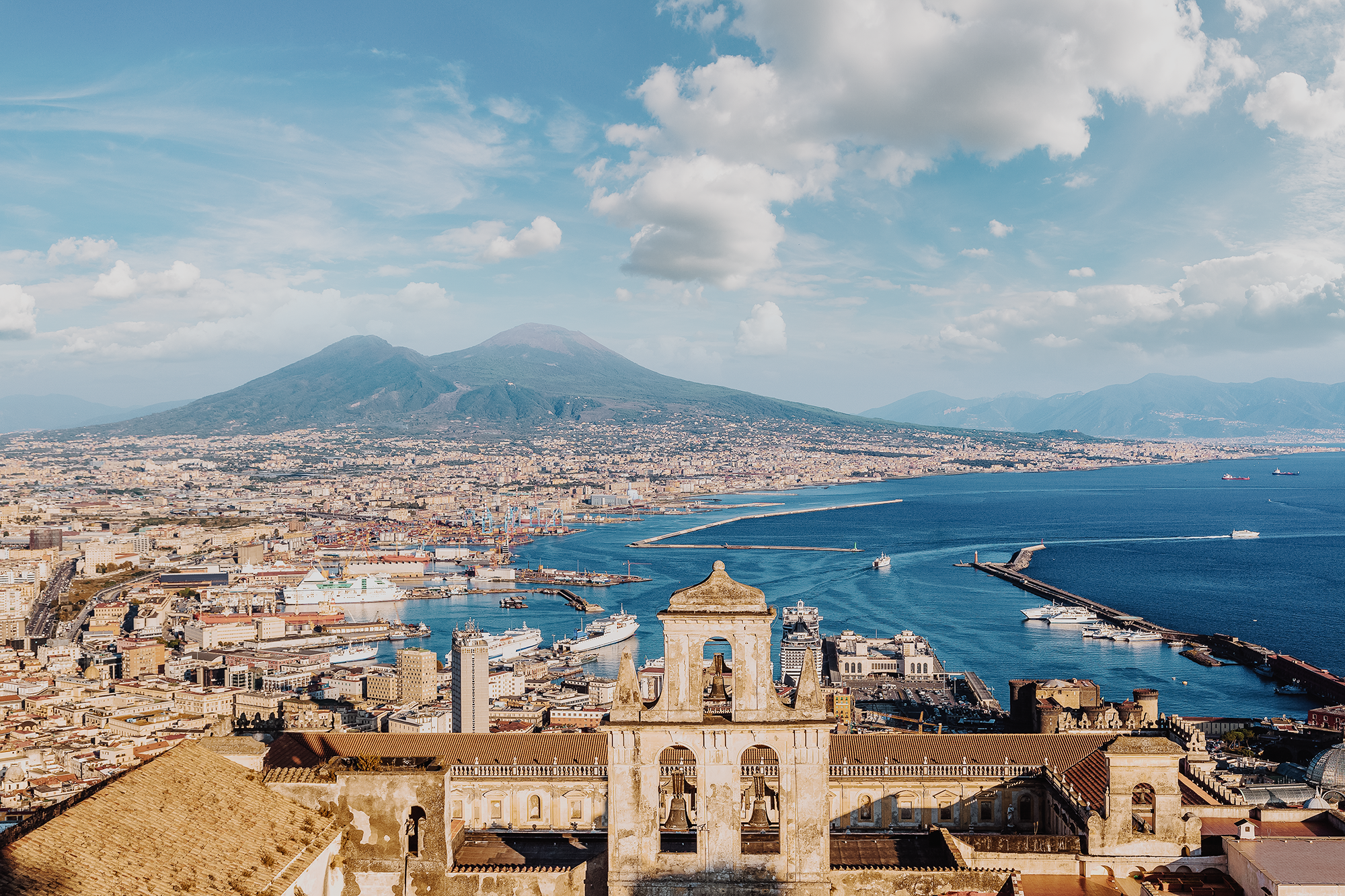Goethe once said, Vedi Napoli e poi muori (See Naples and you can die). Italians have taken this quote to heart. You have to experience the magnificence of Naples at least once in your life, then you can leave the world peacefully.
And yet, Naples is not a comfortable city to explore. It’s not clean, it’s not tidy, it’s hard to get around, it’s not the kind of place that lets you walk quietly through its streets. Despite all that, the city boasts a unique vibe and an overall cheer that makes it easy to love.
This unique spirit is captured best via the Spaccanapoli, a picturesque route—just a little more than a mile long—that literally splits (spacca) the city’s historic center into two parts. It meanders through alleys, among palazzos and churches, past singing street vendors and, of course, pizzerias.
Naples is paved with obscure legends and part of its charm is in the mix of the sacred and profane, lugubrious iconography and sunny beauty, all of which you’ll see on the Spaccanapoli.

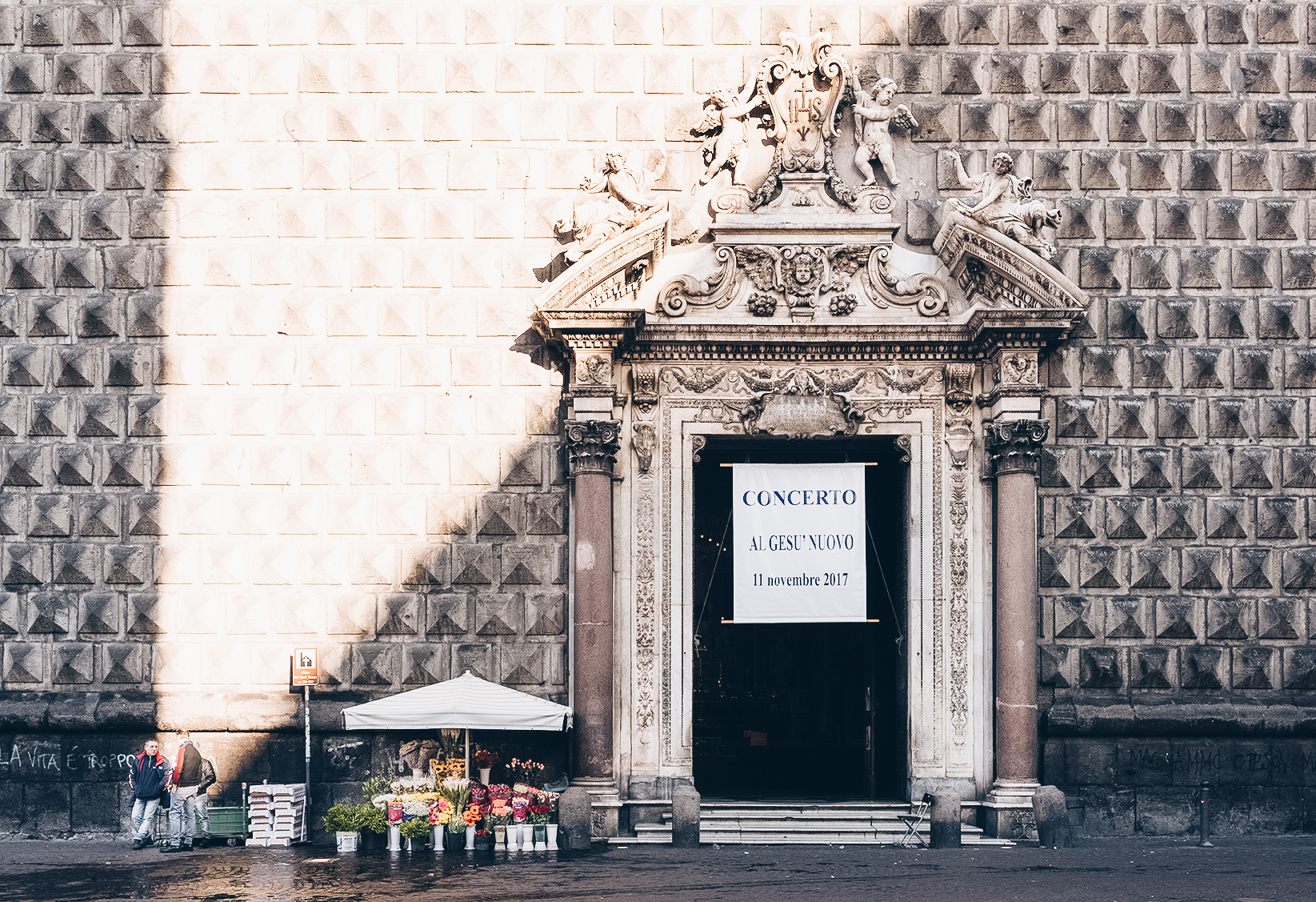
Start your journey at the lavish Church of the Gesù Nuovo, whose interiors represent one of the most impressive examples of Neapolitan Baroque art. Nearby, the Sansevero Chapel boasts Veiled Christ by Giuseppe Sanmartino. Christ reclines on a bed, covered by a seemingly transparent veil that adheres to his body. The effect is quite dazzling and legend states it’s a result of an “alchemical marbilification.” Regardless of what you believe, it’s a work of art that even made fellow Neoclassical sculptor Antonio Canova weep with envy.
Sansevero is a place rich in esoteric symbols. If you have a strong stomach, don’t miss the anatomical exhibits in the basement: two skeletons are displayed with their arteriovenous system almost perfectly intact.
Just a few steps aways from Sansevero Chapel sits an altar devoted to Diego Maradona. The late Argentinian football player reached the peak of his professional career playing for S.S.C. Napoli in the 1980s and is revered as a god by locals. At his shrine, you can admire a small container said to hold Maradona’s tears!
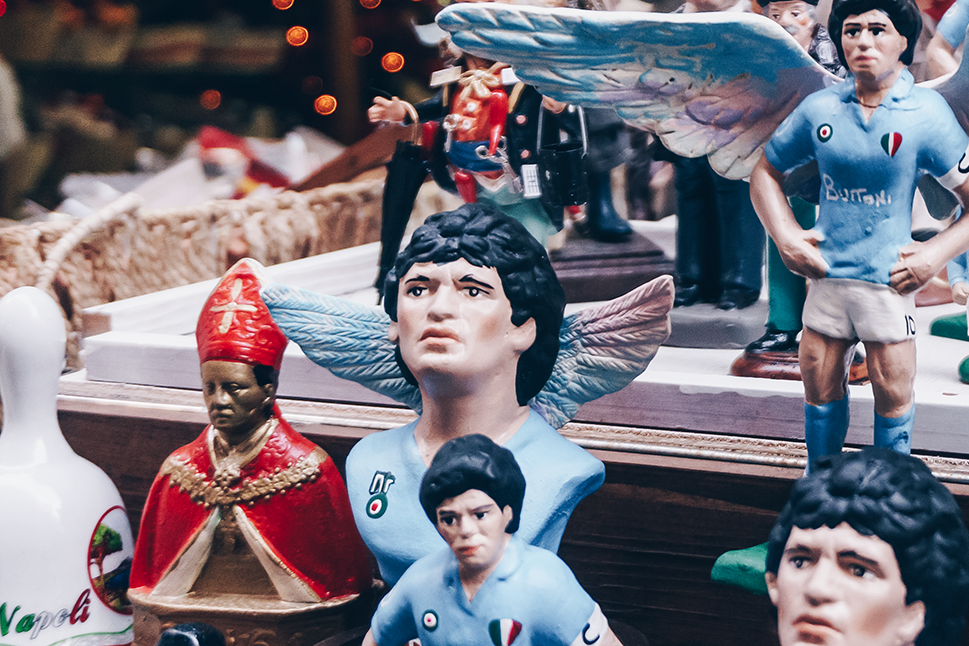

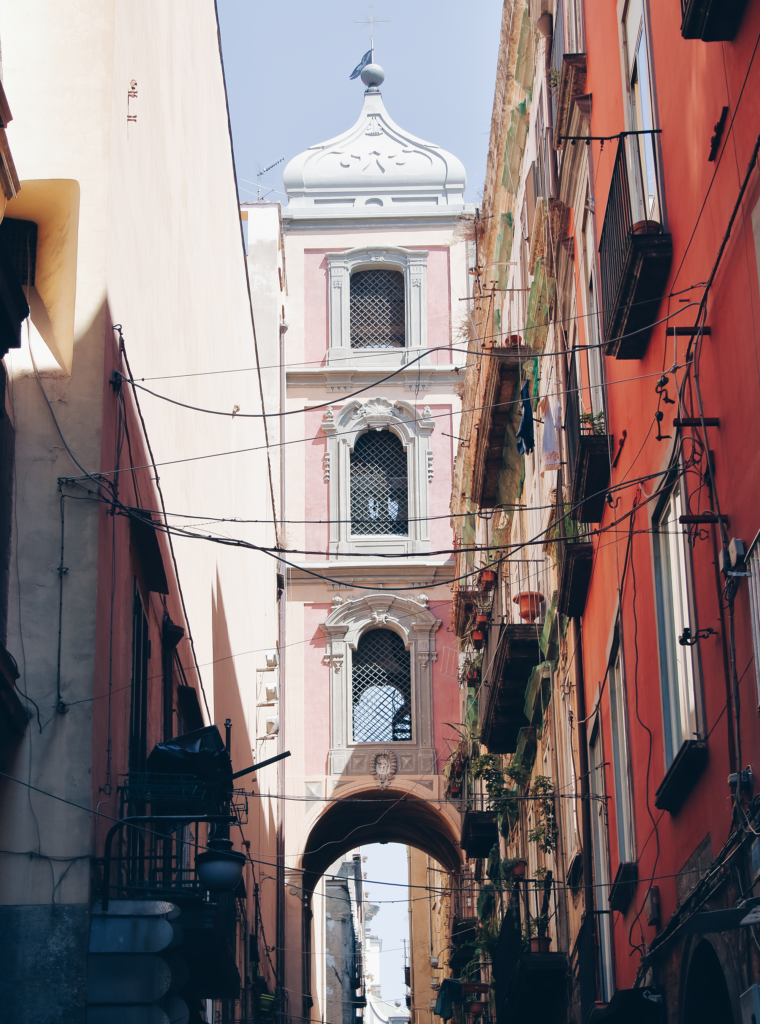
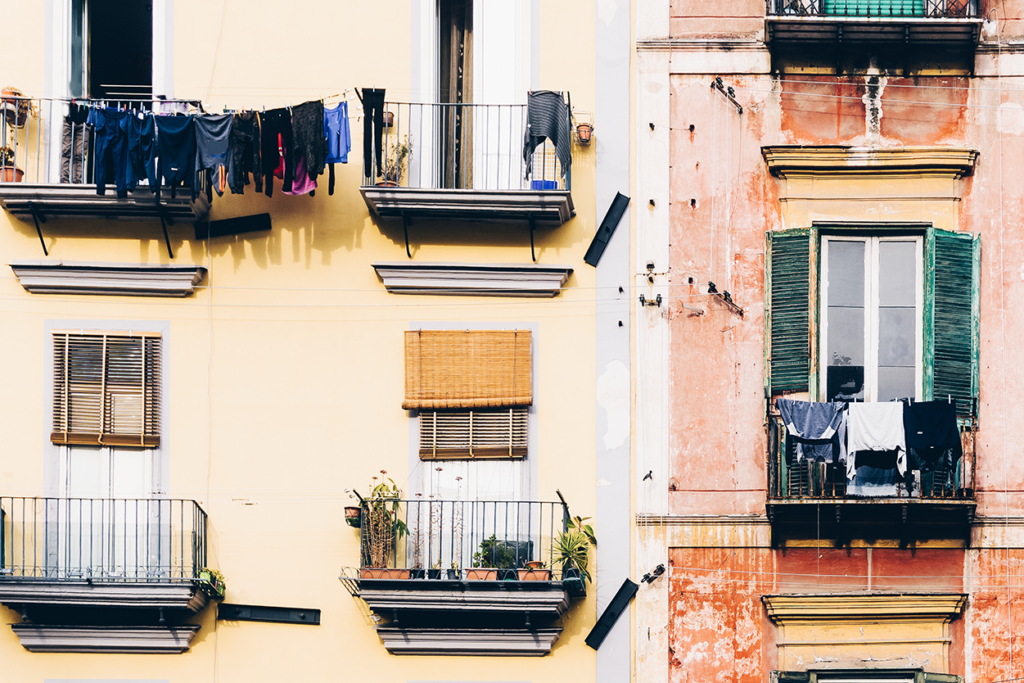
Take a turn onto via San Gregorio Armeno. Also known as the street where “every day is Christmas,” this charming little lane is famous for its quaint shops, all dedicated to the nativity. During the Classical period, worshipers would offer small terracotta figures to the goddess Ceres, whose temple once stood here. In the eighteenth century, the popularity of nativity scenes (presepio) grew and artists and vendors displayed elaborate hand-painted figurines wearing the finest silks. But it’s not just nativity scenes nowadays. You’ll find many secular figures amongst the three wise men: from Madonna to Monica Bellucci to Donald Trump.
Speaking of artisans, the Doll Hospital, founded in the early nineteenth century by scenographer Luigi Grassi, is a fascinating site, especially if you’re traveling with children. Legend has it that a desperate mother came into the shop one day with a broken doll, begging Grassi to repair it. A few weeks later, Grassi returned the doll good as new, garnering the befitting nickname of “doctor.” From that time on, his workshop became a “hospital” and is now a museum where all kinds of figures, including sacred statues, are treated and restored using ancient techniques.
Naples is a city built on a rich tradition of artisanal excellence. Head to via San Biagio dei Librai. As the name suggests, the street is a bastion of ateliers dedicated to the preservation of books, ancient and new. Via San Biagio dei Librai is also smack dab in the center of the city, and just a yards away from famous via dei Tribunali, where foodies get their due.
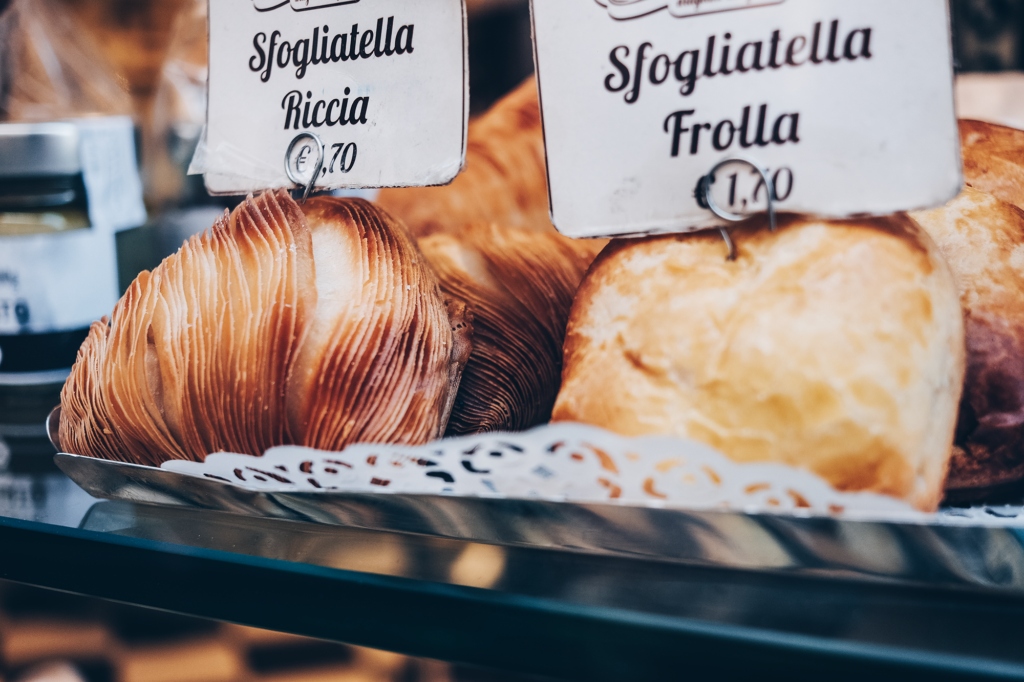
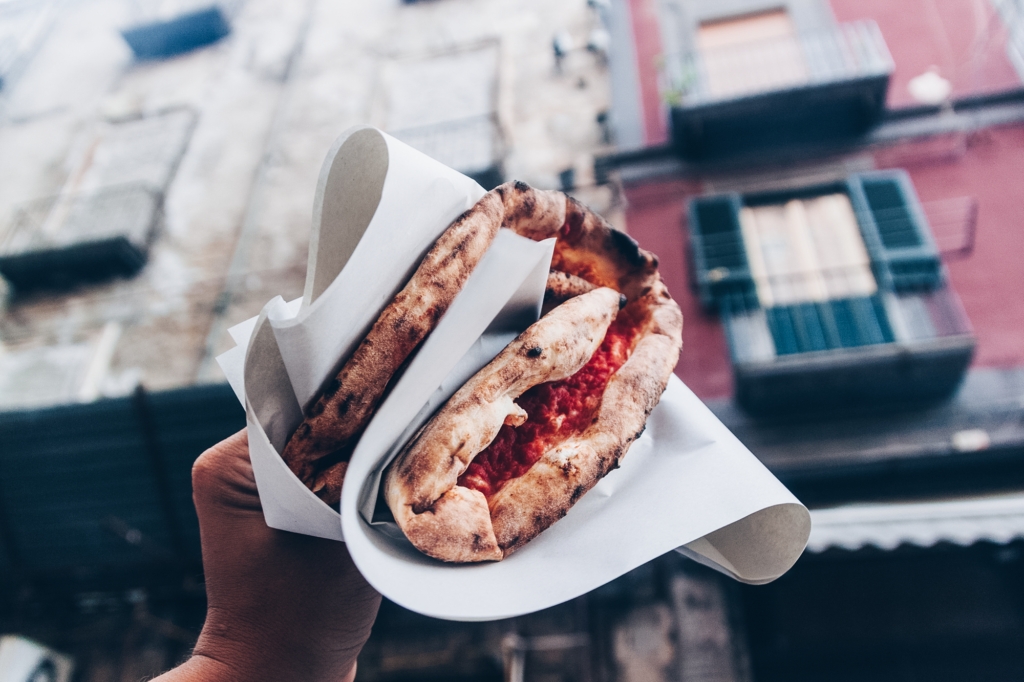
In Naples, pizza is not only food, it’s a way of life and you won’t be disappointed in the selection on hand. Most pizzerias are family owned, with recipes handed down for generations. There’s an art to making the perfect Neapolitan pizza and Sorbillo, one of the most popular pizzerias in Naples, has it down to a science. While you might have to line up for a while, the result is worth it. The slightly charred dough is chewy but firm, and the sauce has just the right amount of kick.
If pizza is not your thing—the horror!—you can try a variety of Neapolitan street food as well such as sfogliatella, a traditional curly pastry from Campania and babà, a fluffy, mushroom-shaped dessert soaked in rum.
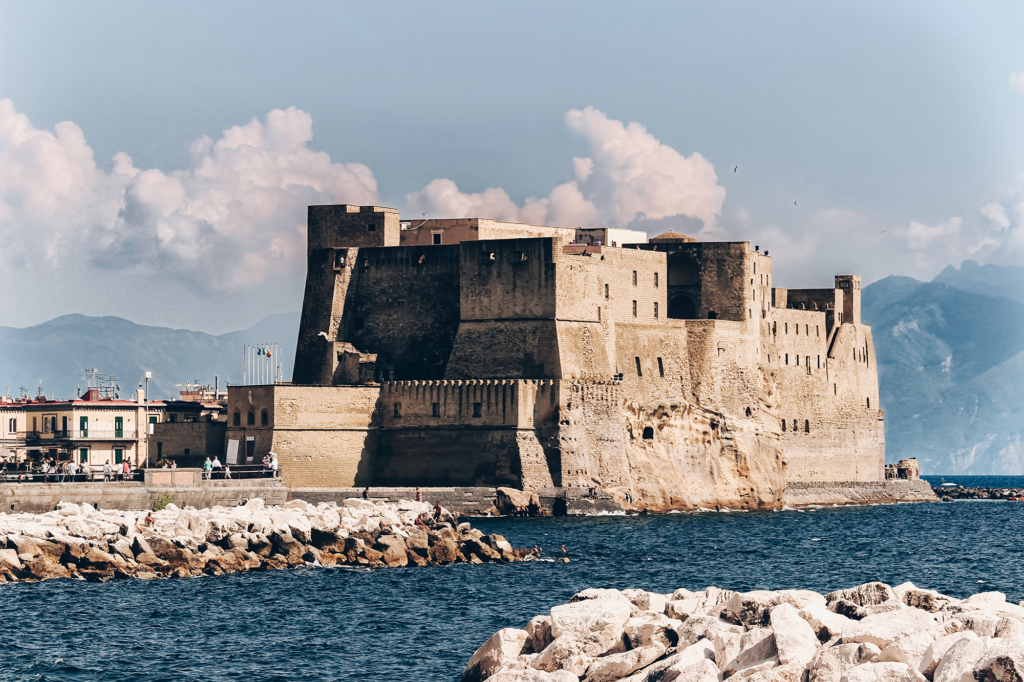
After this carb binge, it’s time to burn off some calories. Head towards the sea and enjoy the breathtaking view of Castel dell’Ovo and Vesuvius from the Lungomare. With the sea breeze in your hair and the sun on your face, you’ll finally understand (if it was not already clear) the essence of Goethe’s quote.
If you want to further explore the Campania region, check out our story on can’t-miss UNESCO World Heritage Sites in the region here.
